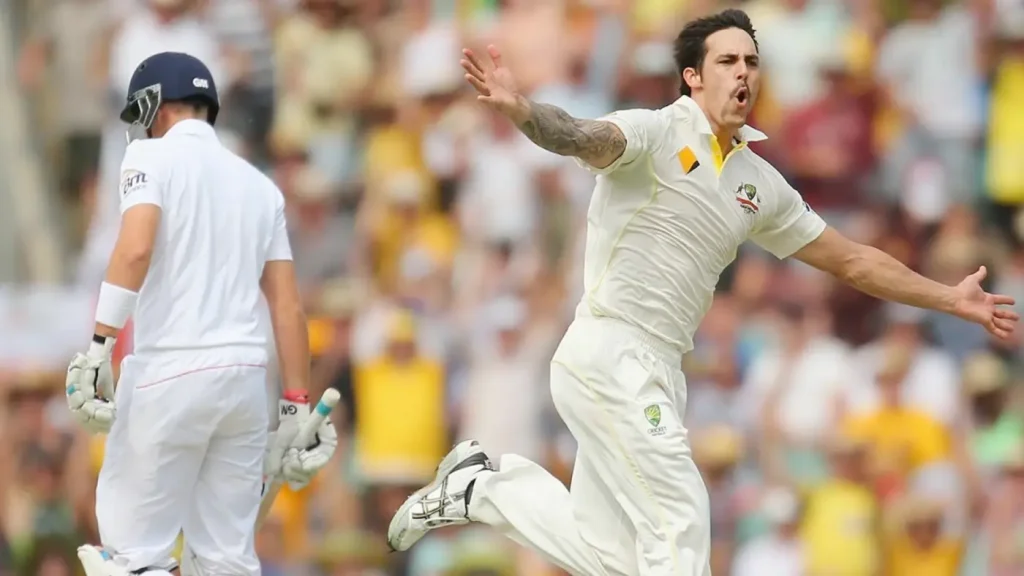The Cricket Appeal: What Does ‘Howzat’ Mean and How the Dismissal Process Works
The term Howzat is arguably the most distinctive phrase in the lexicon of cricket. It is the verbal signal used by the fielding side to formally appeal to the umpire to adjudicate on a potential dismissal. Far from being mere tradition, the appeal is an essential legal requirement under the Laws of Cricket; without a clear appeal from the fielders, the umpire cannot declare a batter out, regardless of the circumstances.

What is ‘Howzat’? The Meaning of the Appeal
Howzat is a traditional, abbreviated contraction of the phrase “How is that?” It is the collective shout used by the bowler, the wicket-keeper, and any other nearby fielders who believe the striker or non-striker should be dismissed.
Necessity of the Appeal
The rules governing appeals are covered by Law 31 of the game, which states that the umpire is not permitted to make a decision on a dismissal unless the fielding side registers a clear appeal.
- Obvious Dismissals: In cases where the outcome is perfectly clear (such as when the stumps are visibly Bowled or a ball is cleanly Caught in the outfield), the batter typically walks off the pitch immediately, making a formal appeal redundant.
- Ambiguous Dismissals: The appeal is critical for dismissals where the outcome is not immediately obvious, primarily Leg Before Wicket (LBW), Caught Behind the Wicket, Stumping, and Run Out decisions, all of which require the umpire’s judgment.
How the Appeal Process Operates on the Field
The appeal process is directed toward the specific on-field umpire who is best positioned to make the necessary ruling, requiring precision from the fielding team.
Directing the Appeal
The appeal must be clearly directed toward the correct official, as the two on-field umpires have distinct responsibilities:
- Bowler’s End Umpire: This umpire stands directly behind the stumps at the non-striker’s end and is perfectly placed to judge the line and trajectory of the ball. Appeals for LBW, Caught Behind, and close Bat-Pad catches are directed to this official.
- Square Leg Umpire: This umpire stands near the square-leg fielding position. This official is better positioned to judge line decisions at the striker’s end. Appeals for Stumpings and Run Outs that occur at the striker’s end are usually referred to the Square Leg Umpire, or the decision is referred to the Third Umpire.
Manner of Appealing
The appeal must be made in a manner that leaves the umpire in no doubt that a question has been asked. While there are no formal linguistic requirements beyond clarity, the appeal should be:
- Clear and Direct: Fielders are advised to look directly at the umpire and clearly articulate the appeal (e.g., “Howzat!”).
- Not Prolonged: The Laws discourage excessive or sustained appealing. Once the umpire acknowledges the appeal, fielders should cease shouting and wait for the official decision.
Post-Appeal Procedure and Technology
Once the appeal is registered, the umpire must immediately signal their decision, which may then be subject to review in international fixtures.
Umpire Decision
The umpire responds to the appeal in one of three ways:
- “Out”: The umpire raises the index finger above their head.
- “Not Out”: The umpire makes a definite head-shake or sometimes uses a verbal cue.
- Referral: In close decisions, the umpire may signal to the Third Umpire (or TV umpire) for a video review, particularly for line decisions like run-outs or stumpings, or in response to a player’s request for a review under the Decision Review System (DRS).
Unethical and Excessive Appealing
Appeals are governed not only by Law 31 but also by the International Cricket Council’s (ICC) Code of Conduct regarding player behavior.
- Code Breach: Appeals are considered unethical if they are aggressive, excessive, or made when the fielding side clearly knows the batter is Not Out. These actions are viewed as attempts to intimidate or influence the officials.
- Sanctions: Umpires who feel the fielding team has crossed the line and breached the Code of Conduct can report the team to the Match Referee. This can result in disciplinary action, including fines or match bans, reinforcing the requirement that competitive intensity must not override respect for the officials or the Spirit of Cricket.

Rivcky John
A prominent figure in sports journalism for the last two decades. Cricket Analyst & Writing News, Features, Match Previews/Reviews/Reports, And Opinion Pieces on Cricket. You can connect with him on Facebook also.
